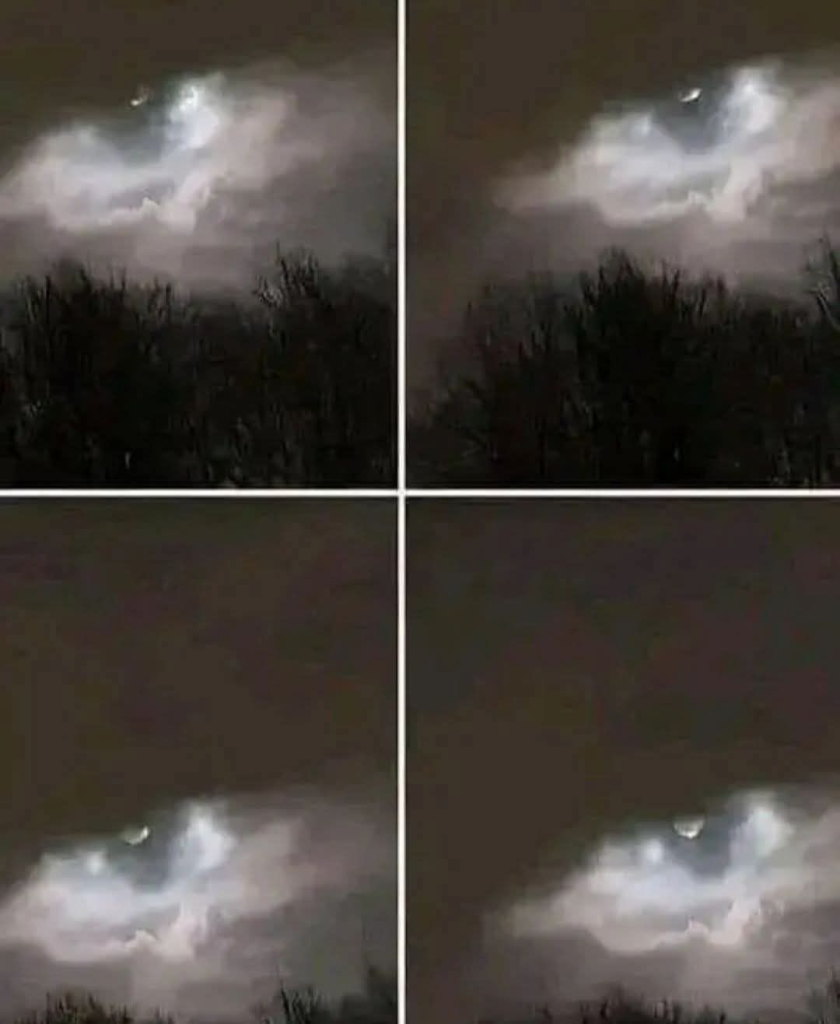An image captured an eye in the sky that looks like something out of this world. Discover the true origin of these cloud formations and why they have nothing to do with religious beliefs.
A striking image is circulating on social media and esoteric forums: an eye in the sky that seems to gaze down from on high, majestic and penetrating, as if it were a divine manifestation or the eye of a creator. But what lies behind this surprising figure? Is it truly a supernatural sign or just an illusion created by nature? In this article, we will explore the phenomenon from a logical and scientific perspective, debunking myths without denying its visual beauty.

The “eye in the sky” phenomenon
Strange cloud formations are nothing new. Throughout history, many people have reported seeing recognizable shapes in the sky: angels, hearts, crosses… and yes, even eyes. These appearances, while striking, are the result of what is known as pareidolia , a psychological phenomenon in which the human brain interprets random patterns as familiar shapes.
In the recent image, what appears to be a perfectly defined eye is nothing more than the fortuitous alignment of clouds, sunlight, shadows, and atmospheric movement. There is no supernatural intervention, no celestial signs. Just a unique moment captured by a watchful camera.
Does this eye have any religious significance?
Although many people associate these types of images with mystical or divine symbols, it’s important to clarify that no recognized religion includes these manifestations as an official part of its beliefs . In fact, attributing spiritual meanings to them can contradict the fundamental principles of some doctrines, which reserve the sacred for non-earthly dimensions.
These interpretations often arise from the human desire to find meaning in the inexplicable. But, from the perspective of institutional faith, these figures are not accepted as revelations or messages from beyond.
The science behind celestial shapes
Clouds form from the condensation of water vapor in the atmosphere. Their shape, size, and arrangement constantly change due to factors such as wind, atmospheric pressure, and temperature. When several elements coincide at the right moment, recognizable shapes can emerge that spark our imagination.
These kinds of infinite combinations are natural and common, though not always as perfect or striking as the eye in question. They are evidence of the complexity of the climate, not of the supernatural.